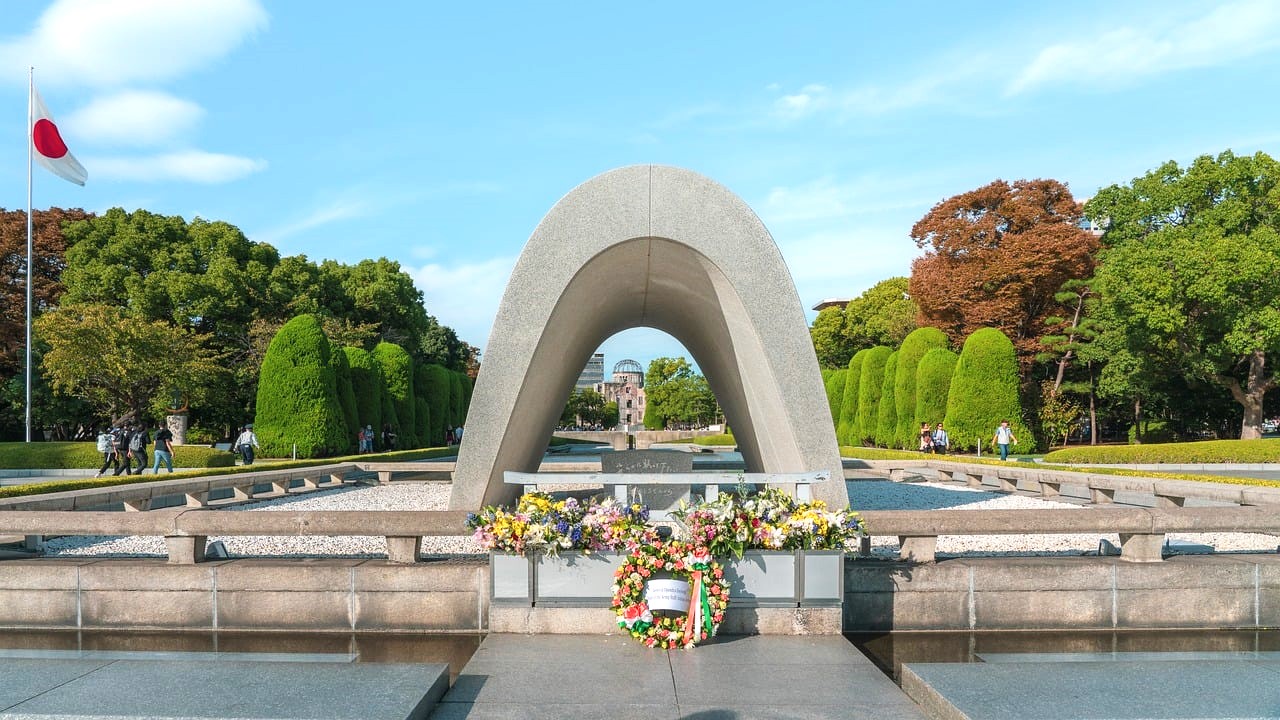Hiroshima sits in the southwestern part of Japan’s main island, Honshu, serving as the capital of Hiroshima Prefecture. Unlike the dizzying energy of Tokyo or Osaka, Hiroshima exudes a gentle rhythm. Streets stretch wide and clean, and the air feels calm, as if the entire city has taken a deep breath and is quietly holding it.
This trip wasn’t something I had planned in advance. While on a short business visit to Osaka, I happened to pick up a travel brochure. In it was a photo of the Atomic Bomb Dome framed by a cascade of colorful origami cranes. There was something about the quiet intensity of those folded papers—thousands of them—each one a prayer, a wish, a memory. It stirred something deep inside me. I felt drawn to the place, not out of morbid curiosity, but because it seemed to hold a kind of stillness I needed.
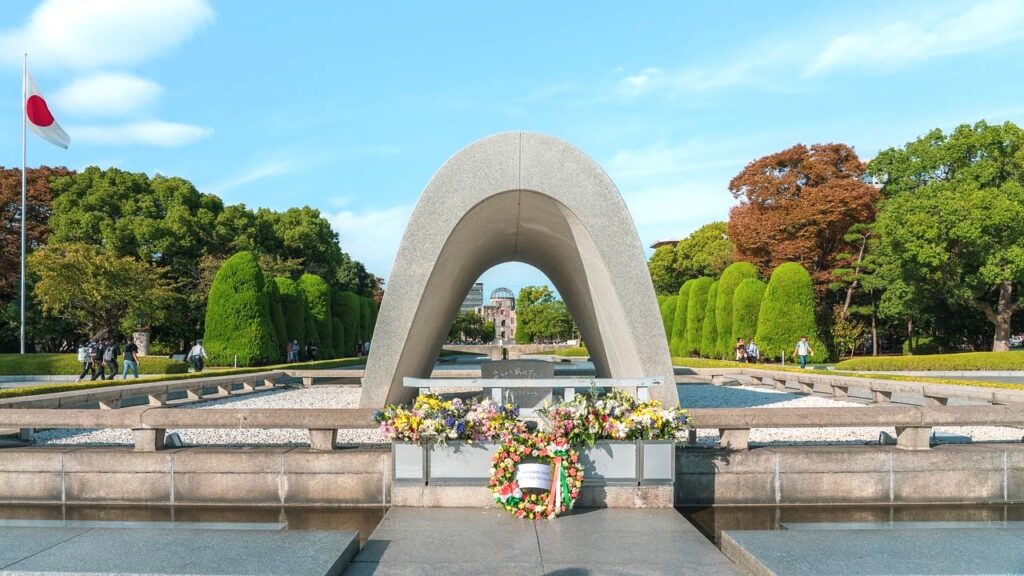
From Hiroshima Station, a streetcar took me to the Peace Memorial Park in about fifteen minutes. The city passed by the windows: elegant bridges over rivers, leafy avenues, students in uniforms, elderly couples, and a few fellow travelers. It felt like everyone was simply moving through their day, with an understated grace that only made me more curious about the stories hidden beneath the surface.

The Atomic Bomb Dome stands near the center of the city, just beside the Motoyasu River. In August 1945, an atomic bomb was dropped here—the first ever used in warfare. The bomb exploded almost directly above what had been the Hiroshima Prefectural Industrial Promotion Hall. Though much of the building was destroyed, its steel dome and outer walls remained. Over time, it came to be known as the Atomic Bomb Dome—a silent witness to unspeakable devastation, but also a global symbol of peace.
I closed my guidebook and walked slowly around the structure. The wind rustled the trees, and a few birds chirped as if to remind me that life, in all its fragility, still goes on. The air felt heavy but not oppressive—more contemplative than sorrowful.
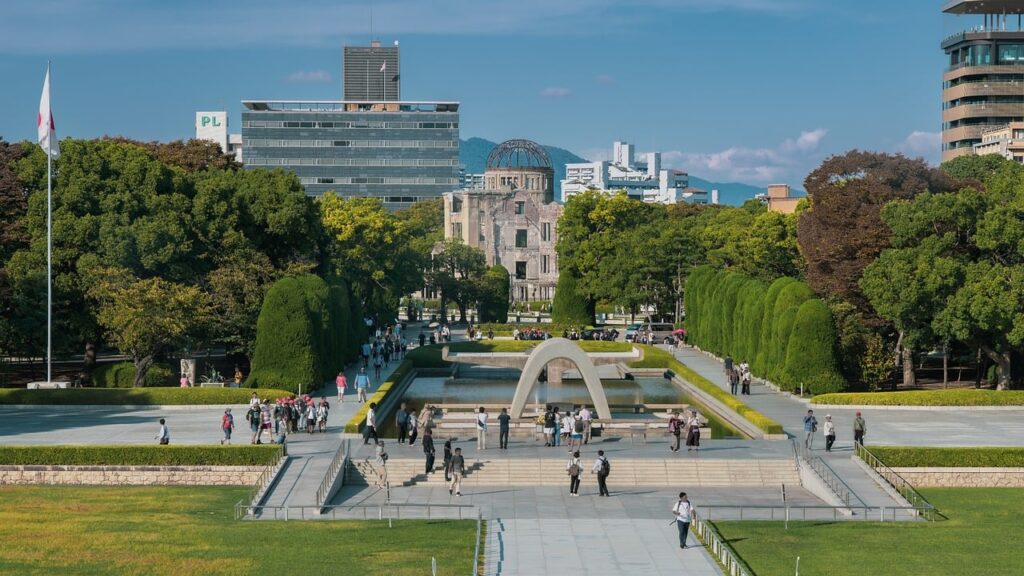
Nearby, in the park’s corner, a local boy, probably around nine or ten, sat at a low table, folding origami cranes. His black-rimmed glasses slipped down his nose, and his face was sun-kissed, round, and earnest. In front of him was a cluster of finished cranes, their bright colors gently shifting in the breeze.
“Are you making these?” I asked, stepping closer.
He looked up, surprised, then nodded. “Yes. We have a peace project at school next week. My grandmother… she was here, during the bombing. She told me about it, so I decided to fold some cranes.”
His name was Shota. We sat together on a bench, talking. He told me his grandmother had survived the bombing and later became a storyteller, sharing her experiences with younger generations. “She said… peace isn’t something that stays just because we want it. You have to do something to keep it alive.”
His words lingered. It struck me that peace, too, is made of small gestures—of stories told, of cranes folded, of conversations between strangers. There’s nothing passive about it.
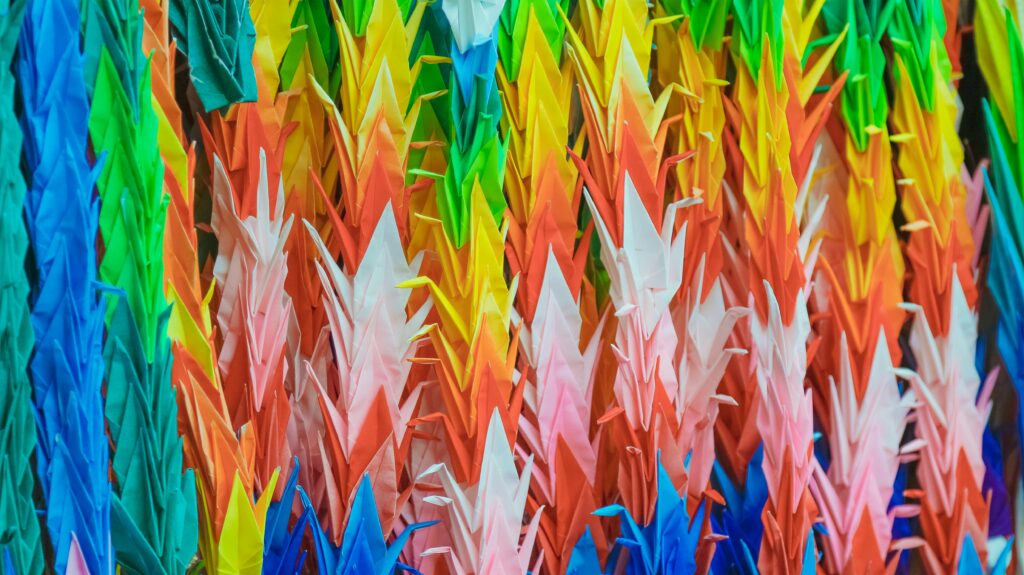
Later that day, I wandered into a local okonomiyaki restaurant in the city center. Hiroshima-style okonomiyaki is a savory pancake layered with cabbage, pork, noodles, and a fried egg, then slathered in a sweet, tangy sauce. The aroma coming off the iron griddle was irresistible. Locals around me skillfully used metal spatulas to cut and serve it right off the hot plate, sharing bites and laughter like it was an old family tradition.

The following morning, I visited Shukkeien, a centuries-old Japanese garden designed to replicate natural landscapes in miniature. A mirror-like pond reflected lush greenery and darting koi. Time moved differently here—quiet and slow, like ripples across the water.
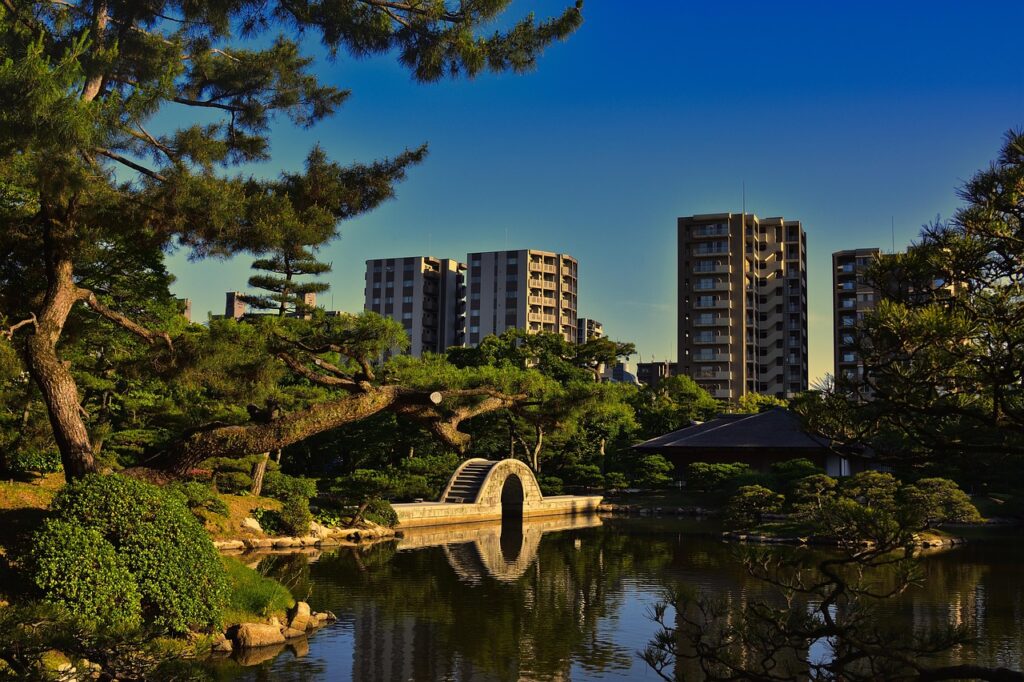
The last stop on my journey was a traditional sweets shop near Hiroshima Station. The display case was filled with confections that looked like tiny pieces of the season itself.
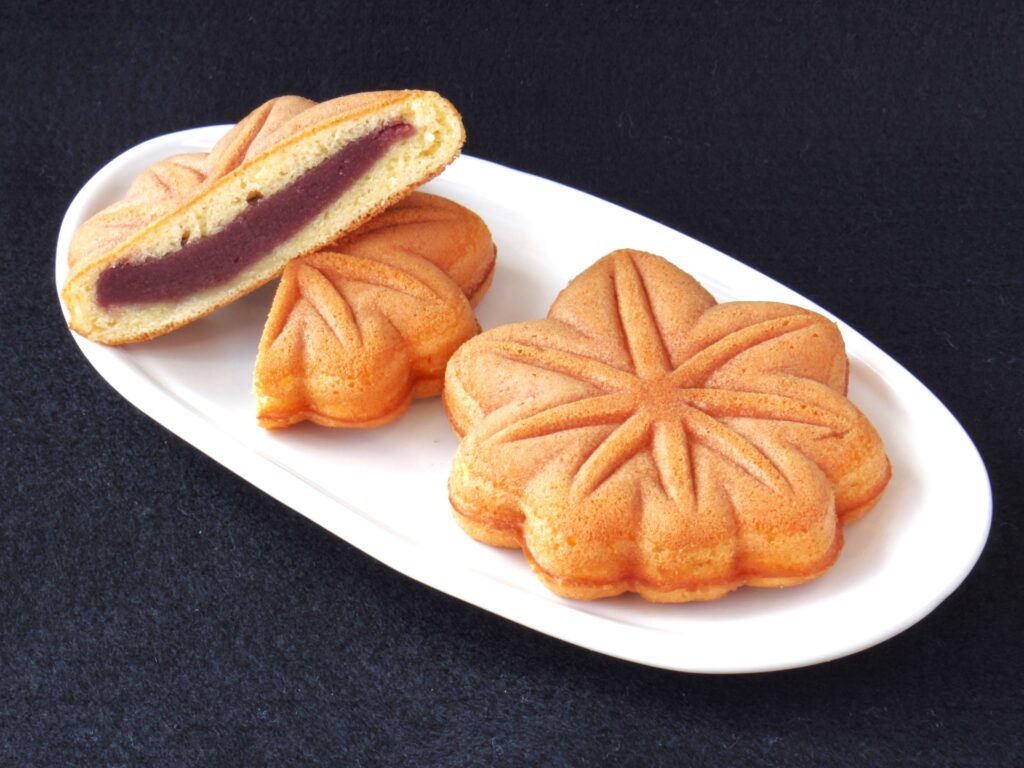
I chose a momiji manju—a small, maple leaf–shaped cake filled with sweet red bean paste. Its golden-brown crust was soft and lightly fragrant, and the subtle sweetness matched perfectly with the fresh air of early summer in Hiroshima.
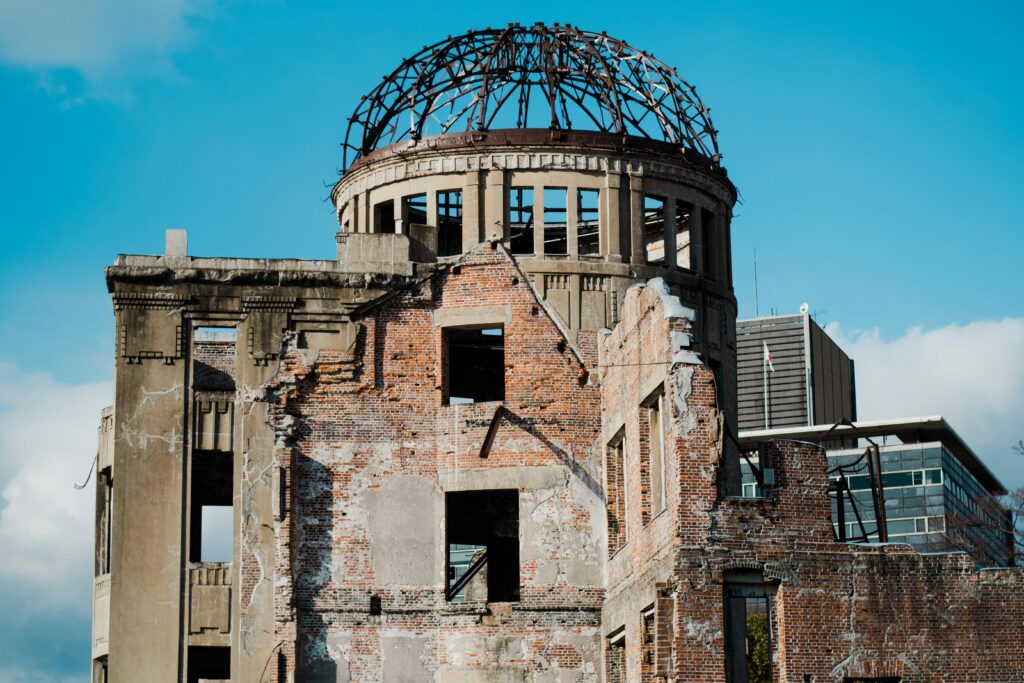
As the bullet train sped away from Hiroshima, the mountains in the distance slowly giving way to cityscapes, I found myself reflecting on something unexpected.
Learning about past tragedy isn’t about drowning in sorrow. It’s about receiving a quiet gift—a reminder that peace must be chosen, protected, and handed forward. Like Shota’s cranes, each folded in quiet hope, our smallest actions hold meaning.
This journey didn’t burden me with the weight of history—it opened my heart to the kindness that comes after. And perhaps now, I too can carry a piece of that kindness forward, in my own quiet way.
Something New Travel

